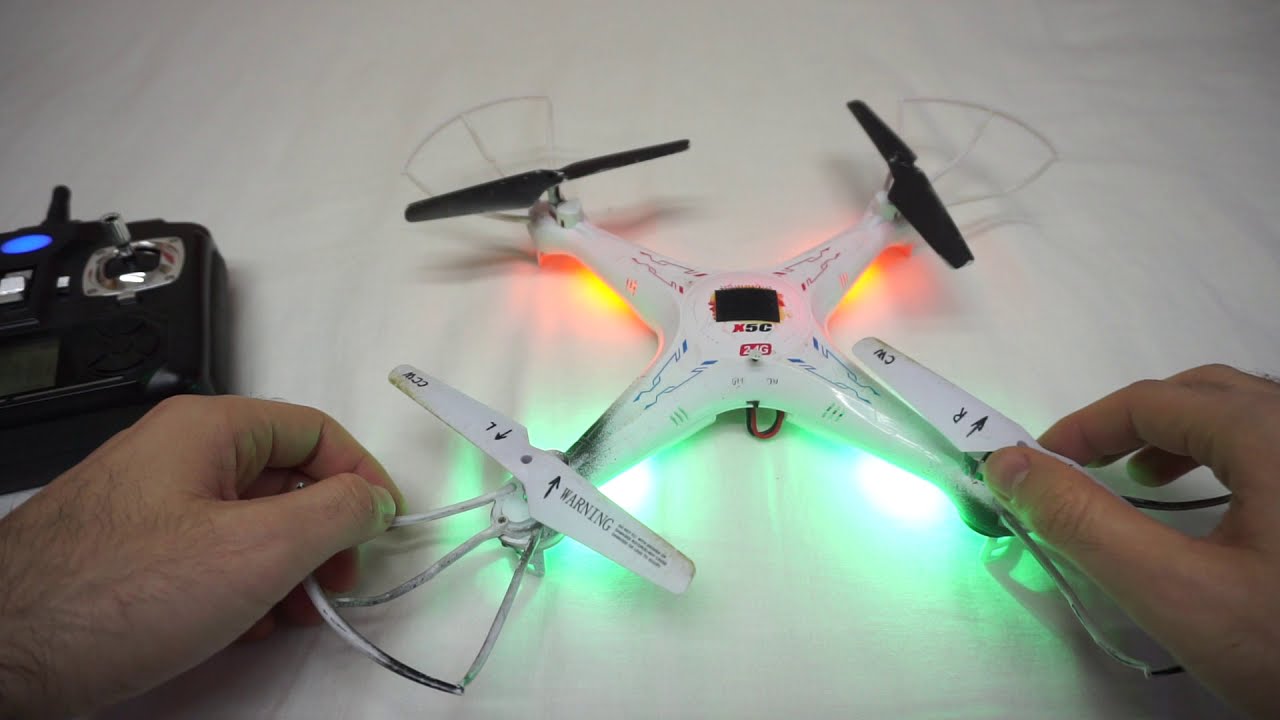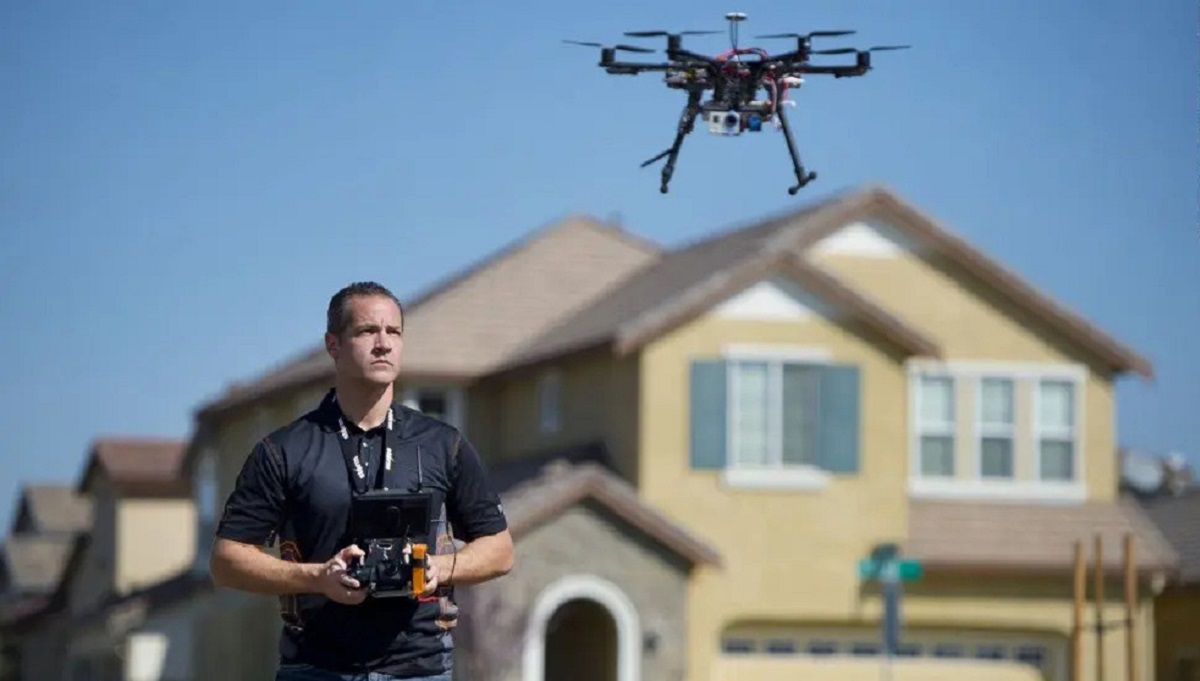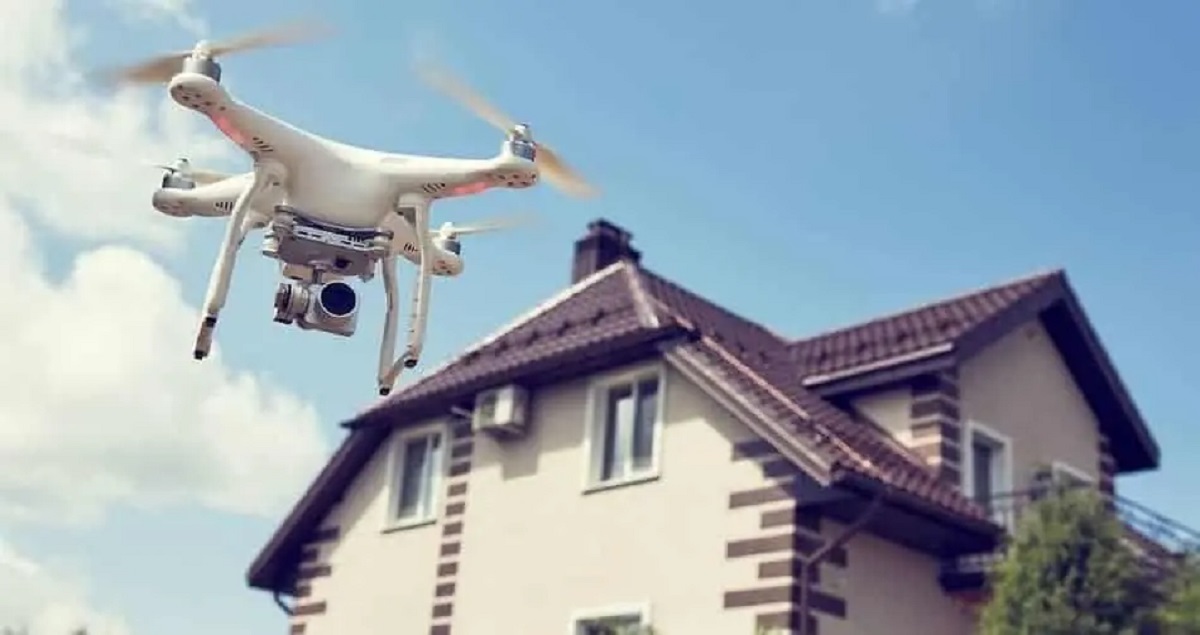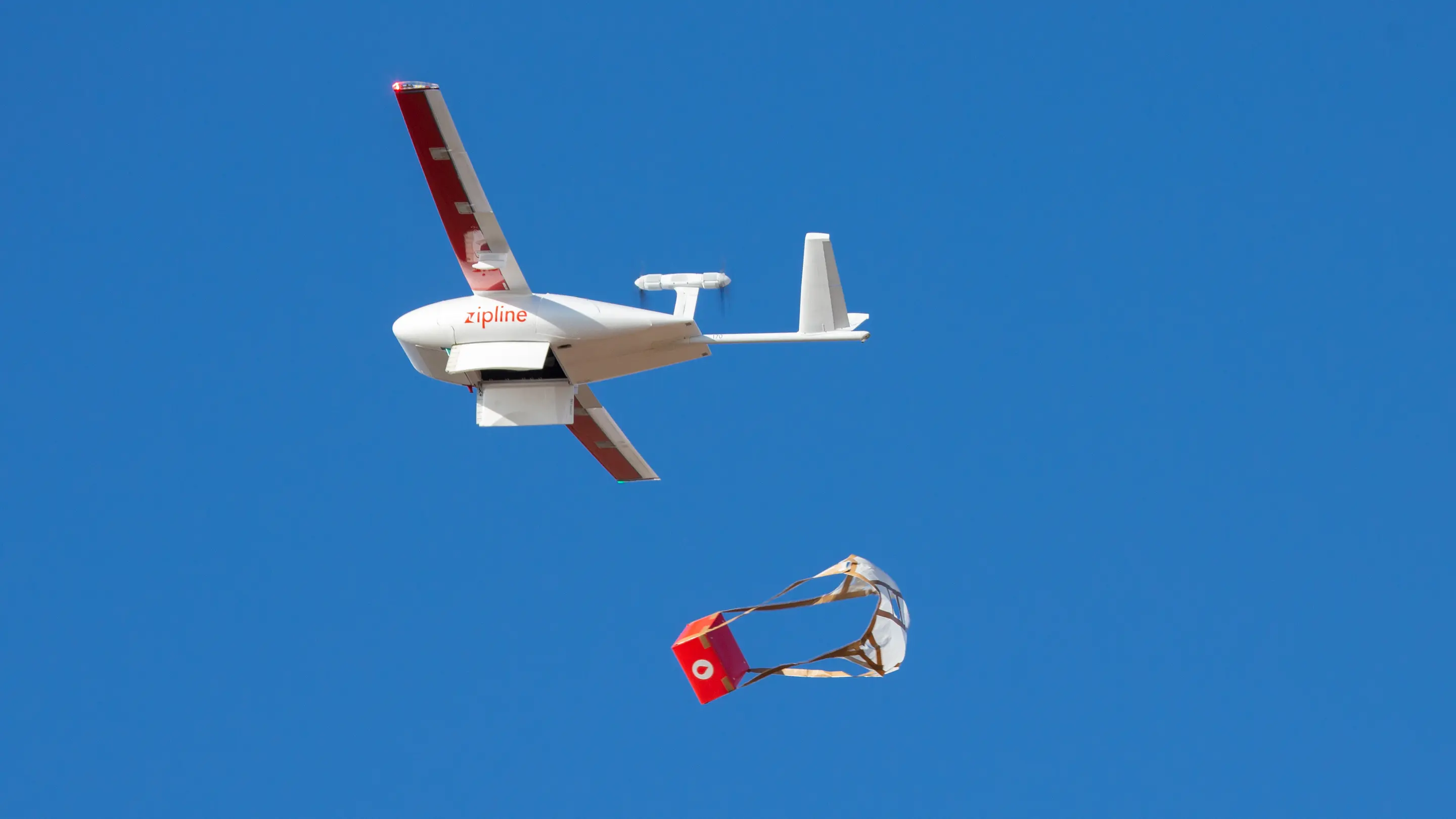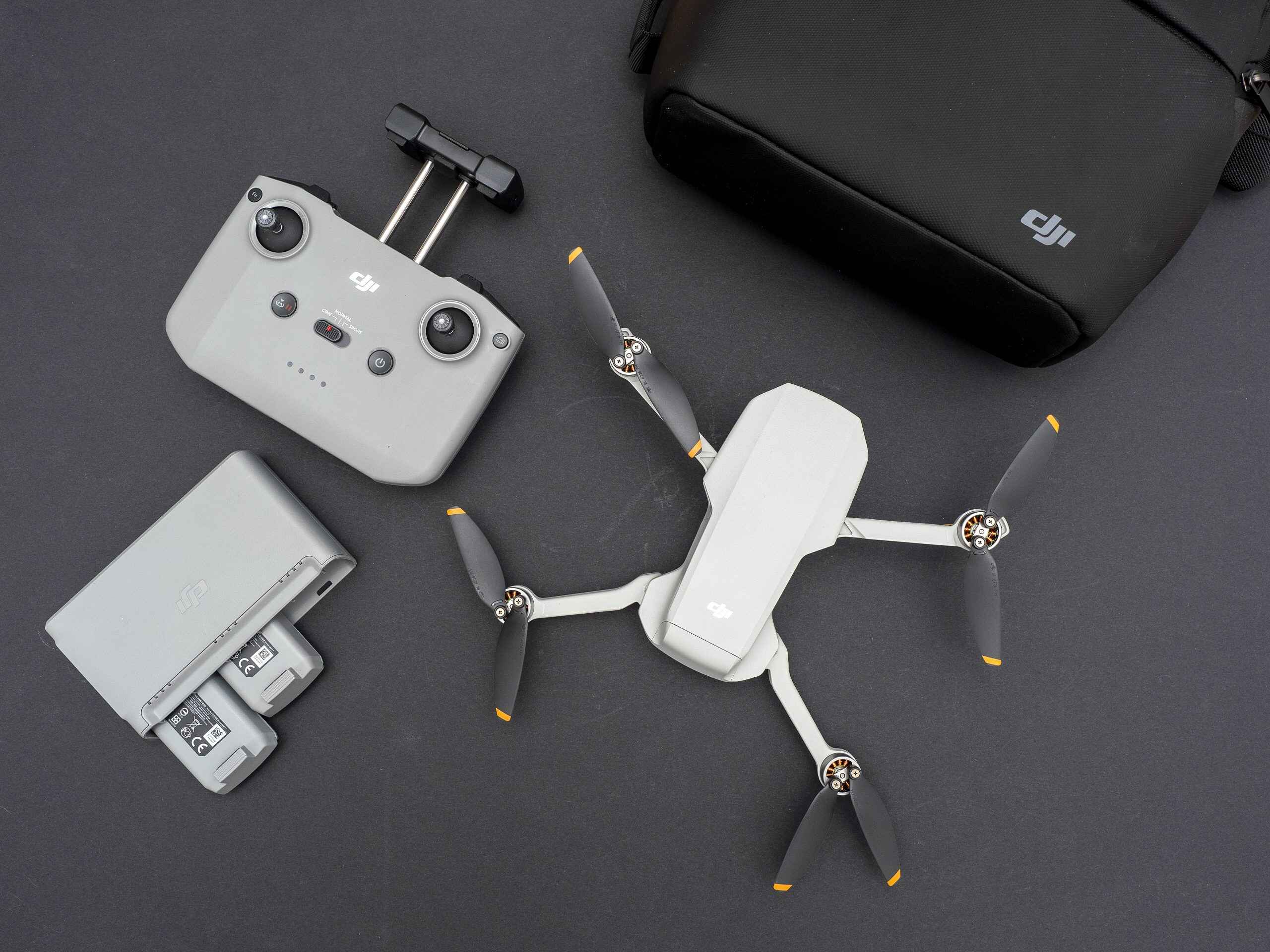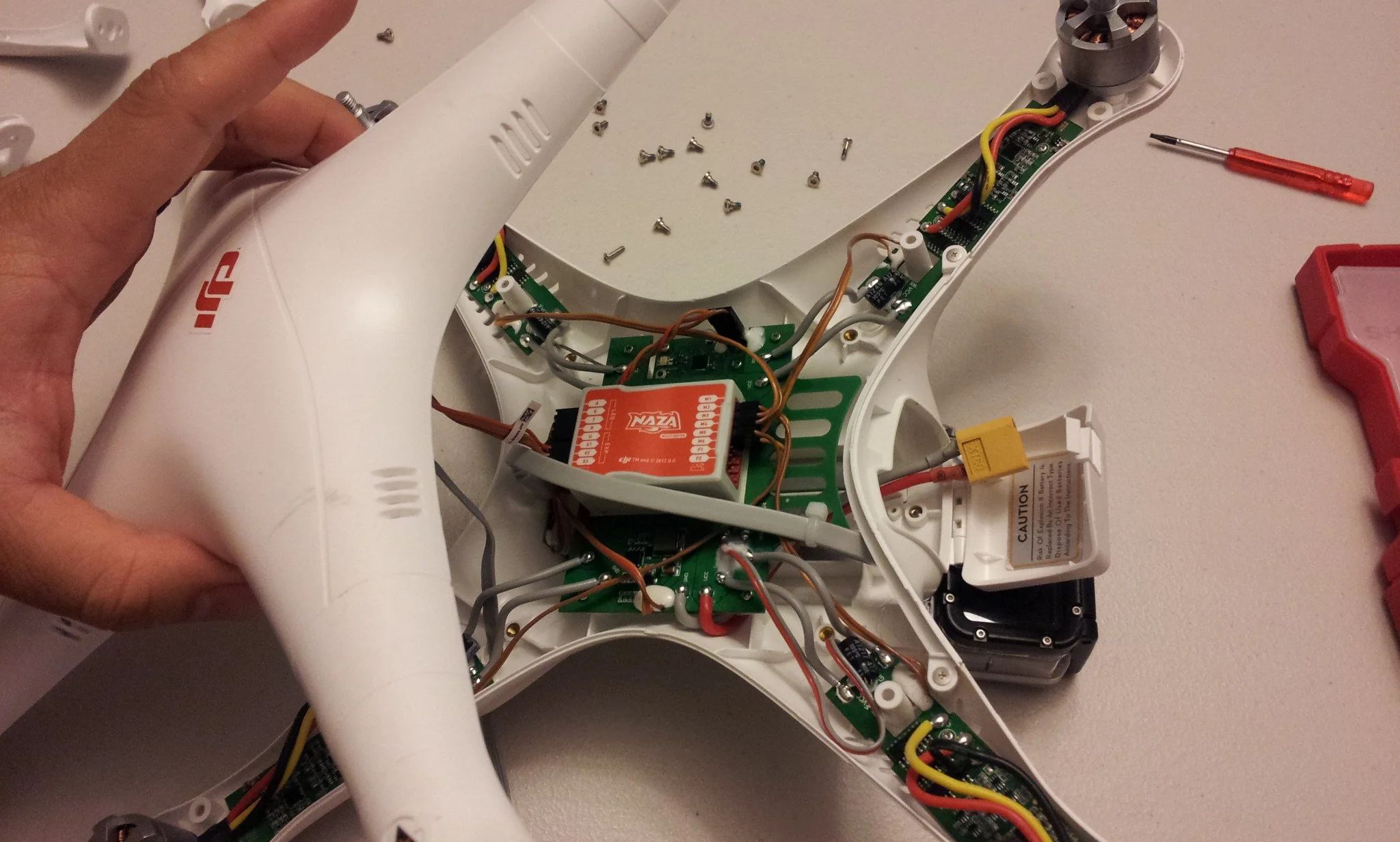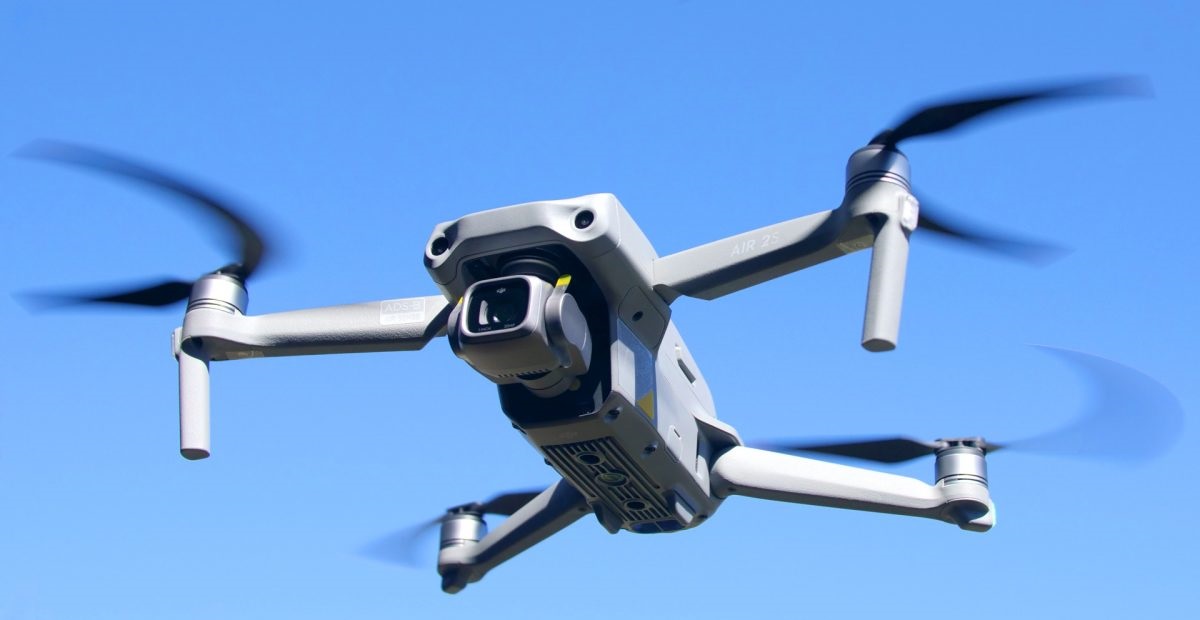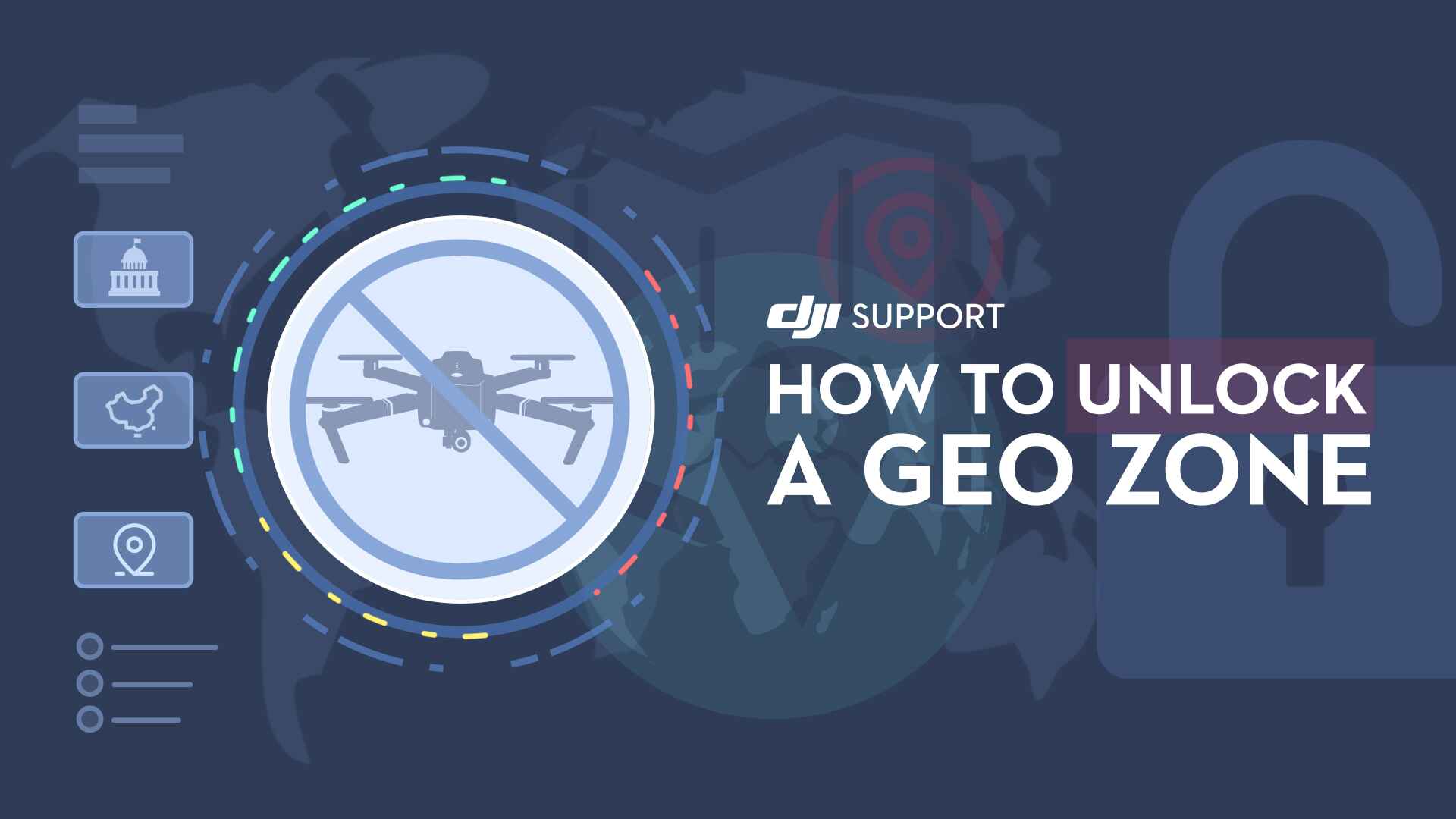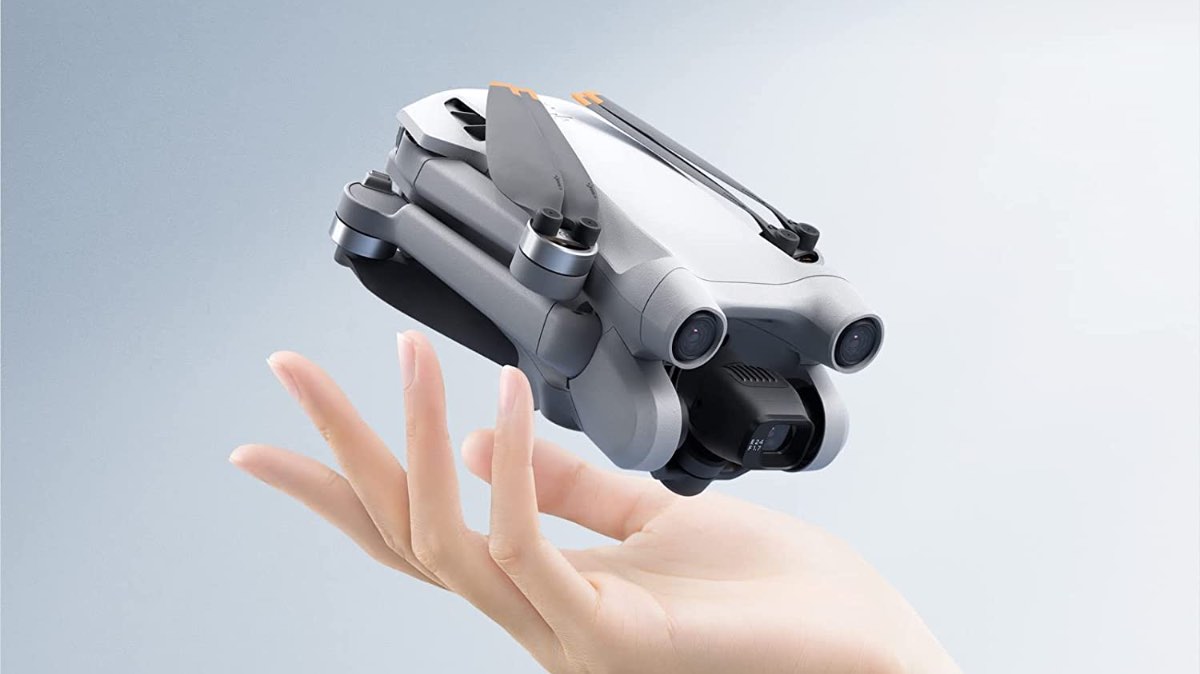Common Issues That Can Prevent Your Drone From Flying
When you’re excited to take your drone for a flight, there’s nothing worse than encountering issues that prevent it from taking off. Understanding the common reasons why your drone may not be flying can help you troubleshoot and fix the problem. Here are some of the most common issues to be aware of:
1. Battery and Power Issues: The battery is the life force of your drone, and if it’s not charged properly or experiencing issues, it can prevent your drone from taking off. Make sure your battery is fully charged and properly connected before attempting to fly.
2. Motor and Propeller Problems: If your drone’s motors are not functioning correctly or if the propellers are damaged or installed incorrectly, it can severely impact its ability to take off. Check for any motor or propeller issues and replace or repair them as needed.
3. Calibration and Sensor Errors: Drones rely on sensors to maintain stability and navigation. If there are calibration errors or faulty sensors, it can cause your drone to not take off or fly erratically. Follow the manufacturer’s instructions to calibrate the sensors and ensure they are working properly.
4. GPS and Navigation Troubles: If your drone has GPS capabilities, it relies on satellites for accurate positioning and navigation. If the GPS signal is weak or lost, your drone may not be able to take off or fly reliably. Ensure you are in an open outdoor area with a clear view of the sky to get a strong GPS signal.
5. Remote Control Connectivity Problems: If there is a connectivity issue between the remote control and the drone, it can prevent your drone from responding to your commands. Make sure the remote control is properly synced with the drone and that there is no interference from other devices or obstacles.
6. Software and Firmware Glitches: Drones often have software or firmware that controls their functionality. If there are glitches or bugs in the software, it can affect the drone’s ability to take off and fly smoothly. Keep your drone’s software and firmware up to date to avoid any potential issues.
7. Overweight Payload or Imbalanced Load Distribution: Drones have weight limitations and need to maintain balance for optimal flight performance. If you have attached too heavy of a payload or if the load distribution is not balanced, it can strain the drone’s motors and prevent it from taking off. Double-check the weight and balance of your drone before flying.
8. Environmental Factors and Weather Conditions: Wind, rain, and other adverse weather conditions can significantly impact your drone’s ability to fly safely. Flying in strong winds or adverse weather conditions can lead to unstable flight or damage to your drone. Always check the weather forecast and choose suitable flying conditions.
9. Pilot Error and Lack of Flying Experience: If you’re a new drone pilot or lack experience, it’s possible that pilot error is causing your drone not to fly. Improper controls, incorrect flight modes, or a lack of understanding of how to operate the drone can hinder its flight. Take the time to familiarize yourself with the drone’s controls and practice in open spaces before attempting complex maneuvers.
10. Physical Damage and Wear and Tear: Lastly, physical damage or wear and tear to your drone can cause it to malfunction and not take off. Inspect your drone for any visible damage or signs of wear and address them accordingly.
By being aware of these common issues and troubleshooting them accordingly, you can increase the chances of your drone taking off and soaring through the skies without any hindrances.
Battery and Power Issues
One of the most common issues that can prevent your drone from flying is related to battery and power problems. The battery is essentially the life force of your drone, providing the necessary power for propulsion and functionality. If you’re experiencing battery-related issues, here are some things to consider:
1. Insufficient Charge: Before taking your drone out for a flight, always ensure that the battery is fully charged. An insufficiently charged battery can cause the drone to lose power and fail to take off. Make it a habit to charge your drone’s battery well in advance, allowing enough time for it to reach its maximum capacity.
2. Faulty Battery Connection: Sometimes, the issue may lie with the connection between the battery and the drone. Check to make sure the battery is securely attached and properly connected to the drone. A loose connection can disrupt the power flow, preventing the drone from getting the necessary energy to take off.
3. Damaged Battery: Over time, batteries can deteriorate or become damaged due to wear and tear. Examine the battery for any signs of physical damage, such as swelling, leaks, or dents. If you notice any abnormalities, it’s best to replace the battery with a new one to ensure safe and reliable drone operation.
4. Battery Compatibility: Not all batteries are compatible with every drone model. Ensure that you are using the correct battery specified by the manufacturer for your drone. Using an incompatible battery can lead to power issues and the drone’s inability to take off or maintain stable flight.
5. Battery Age and Performance: Like any rechargeable battery, drone batteries have a limited lifespan. As they age, their capacity to hold a charge diminishes. If you notice that your drone’s flight time has significantly reduced, it might be time to replace the battery with a new one.
Addressing battery and power-related issues is essential for ensuring the reliable operation of your drone. By following these troubleshooting steps, you’ll be able to identify and resolve any battery-related problems that may be preventing your drone from taking flight.
Motor and Propeller Problems
Motor and propeller problems are another common issue that can prevent your drone from flying smoothly. The motors are responsible for generating the necessary thrust, while the propellers help to distribute the airflow and provide stability. If you’re facing motor and propeller issues, here are a few things to check:
1. Motor Malfunction: Sometimes, one or more motors may fail to function properly, preventing the drone from achieving lift-off. Inspect each motor carefully for any signs of damage, such as bent or broken shafts, loose wires, or unusual noises. If you discover a faulty motor, it will need to be replaced to restore your drone’s functionality.
2. Incorrect Propeller Installation: Improper propeller installation is a common mistake that can hinder your drone’s ability to take flight. Check to ensure that each propeller is securely attached and spinning freely without any obstructions. If the propellers are installed incorrectly, they can cause imbalances, resulting in unstable flight or even mid-air collisions.
3. Damaged Propellers: The propellers of your drone are susceptible to damage, especially during crashes or rough landings. Inspect the propellers thoroughly for cracks, chips, or any signs of wear and tear. Damaged propellers will not perform optimally and could lead to a loss of lift or control. Replace any damaged propellers with new ones to ensure safe and efficient operation.
4. Unbalanced Propeller Blades: Balancing the propeller blades is crucial for smooth and stable flight. If the propeller blades are unbalanced, it can lead to vibrations and affect the drone’s performance. Use a propeller balancing tool or follow the manufacturer’s guidelines to ensure that all propellers are balanced correctly.
5. Motor Overheating: Continuous and intense flights can cause the motors to overheat, resulting in reduced performance or motor failure. Allow your drone’s motors to cool down between flights to prevent overheating. If you notice excessive heat during flight, it may be an indication of motor damage or inadequate cooling. In such cases, it’s recommended to consult a professional for further assistance.
Regularly inspecting and maintaining your drone’s motor and propellers will help ensure smooth and safe flights. By addressing any motor or propeller issues promptly, you can prevent them from escalating into more significant problems that hinder your drone’s ability to take off and fly properly.
Calibration and Sensor Errors
Calibration and sensor errors can significantly impact the performance and stability of your drone. The sensors play a crucial role in maintaining balance, altitude, and navigation. If your drone is experiencing calibration or sensor errors, here are some steps to take:
1. Compass Calibration: The compass is responsible for providing crucial data to the drone’s navigation system. If the compass is not properly calibrated, it can cause inaccurate readings and affect the drone’s ability to maintain its course. Follow the manufacturer’s instructions to calibrate the compass in an open area away from magnetic interference.
2. Gyroscope Calibration: The gyroscope is responsible for stabilizing the drone by measuring angular velocity and orientation. If the gyroscope is not calibrated correctly, it can lead to unstable flight or erratic behavior. Follow the manufacturer’s instructions to calibrate the gyroscope according to your drone’s specific requirements.
3. Accelerometer Calibration: The accelerometer measures acceleration forces acting on the drone and helps with stability and flight control. If the accelerometer is not calibrated properly, it can affect the drone’s stability and responsiveness. Follow the manufacturer’s instructions to calibrate the accelerometer before each flight.
4. Barometer Calibration: The barometer measures atmospheric pressure and assists in altitude control. If the barometer readings are inaccurate due to incorrect calibration, it can lead to issues with maintaining proper altitude or sudden changes in altitude. Properly calibrate the barometer according to the manufacturer’s instructions to ensure accurate altitude readings.
5. Obstacle Avoidance Sensors: If your drone is equipped with obstacle avoidance sensors, check to see if they are functioning correctly. Dirty or obstructed sensors can lead to false readings, causing the drone to react inappropriately or even refuse to take off. Clean the sensors and ensure they are free from any obstructions that might interfere with their performance.
6. Electronic Speed Controller (ESC) Calibration: The ESCs control the speed of the motors and play a vital role in maintaining stable flight. If the ESCs are not calibrated correctly, it can result in uneven motor performance or motor synchronization issues. Follow the manufacturer’s instructions to calibrate the ESCs properly.
By regularly calibrating your drone’s sensors and ensuring they are functioning correctly, you can minimize the chances of calibration or sensor errors affecting its flight performance. Taking the time to perform these calibrations before each flight will help ensure a smooth and controlled flying experience.
GPS and Navigation Troubles
If your drone is equipped with GPS capabilities, it relies on satellite signals for accurate positioning and navigation. However, there are several factors that can cause GPS and navigation issues, hindering your drone’s ability to fly smoothly. Here are some common problems and solutions to consider:
1. Weak GPS Signal: A weak GPS signal can result in inaccurate positioning data, making it difficult for your drone to maintain a steady flight or comply with specific waypoints. Ensure you are in an open outdoor area with a clear view of the sky to obtain a strong GPS signal. Avoid flying in environments with tall buildings, dense trees, or other obstructions that could block the satellite signals.
2. GPS Interference: Interference from other electronic devices, such as smartphones, tablets, or radio towers, can disrupt the GPS signal and affect your drone’s navigation. Before taking off, ensure that all electronic devices are at a safe distance from the drone and turn off any unnecessary wireless signals that could interfere with the GPS signal.
3. GPS System Updates: Like any digital system, the GPS in your drone may require periodic updates to ensure optimal performance. Check for any available GPS system updates from the drone manufacturer and install them according to the provided instructions. Keeping your GPS system up to date reduces the chances of encountering navigation issues due to outdated software.
4. Incorrect Home Point: Before initiating a flight, it’s essential to set an accurate home point on your drone. The home point is the designated spot where the drone returns to when the return-to-home function is activated or if it loses connection with the remote control. Double-check that the home point is correctly set to avoid navigation problems if the drone needs to return or if you encounter connection issues.
5. Waypoint Misalignment: When planning a flight route using waypoints, ensure that the waypoints are accurately set on the drone’s navigation system. Incorrectly placed waypoints can lead to deviations from the intended flight path and affect the overall navigation of the drone. Review and double-check the waypoints before initiating the flight to minimize navigation troubles.
6. Magnetic Interference: Magnetic interference, such as nearby power lines, metal structures, or magnetic fields, can disrupt the drone’s internal compass and affect its GPS-based navigation. Avoid flying in areas with significant magnetic interference, or calibrate the compass away from these sources to ensure accurate navigation readings.
By addressing GPS and navigation troubles, you can help ensure that your drone can navigate accurately and fly smoothly. Taking the necessary precautions and being mindful of factors that can affect GPS signals will enhance your drone’s overall navigation performance.
Remote Control Connectivity Problems
Remote control connectivity problems can be frustrating and prevent you from taking off and controlling your drone effectively. The remote control is the interface between you and your drone, allowing you to send commands and control its movements. Here are some common remote control connectivity issues and possible solutions:
1. Weak Signal Strength: A weak signal strength between the remote control and the drone can lead to intermittent or loss of control. Make sure you are within the recommended range specified by the drone manufacturer. Avoid flying in areas with heavy Wi-Fi signals or other electronic interference that can weaken the remote control signal.
2. Battery Issues: If the remote control’s battery is low or experiencing power problems, it can affect the connectivity between the remote control and the drone. Ensure that the batteries are fully charged or replace them if necessary to maintain a strong and consistent connection.
3. Signal Interference: Other wireless devices or radio frequencies can interfere with the remote control’s signal, leading to connectivity issues. Avoid flying in crowded areas with numerous wireless devices and keep a safe distance from radio towers or transmission antennas. Additionally, turning off any unnecessary wireless devices in the immediate vicinity can help reduce signal interference.
4. Pairing Problems: If the remote control is not properly paired with the drone, it can result in connectivity issues. Follow the manufacturer’s instructions on how to pair the remote control with the drone accurately. Ensure that both the remote control and the drone are on the same frequency band and that the pairing process is completed successfully.
5. Antenna Placement: Check the placement of the remote control’s antennas. Make sure they are properly extended and oriented according to the manufacturer’s instructions. Incorrect antenna placement can weaken the signal and result in connectivity problems.
6. Firmware Updates: Ensure that both the remote control and the drone have the latest firmware updates installed. Firmware updates often include fixes and improvements related to connectivity and signal stability. Regularly check for firmware updates and follow the manufacturer’s instructions to keep your equipment up to date.
By addressing remote control connectivity problems, you can establish a reliable connection with your drone, allowing you to control it effectively. By following these troubleshooting steps and maintaining good connectivity practices, you’ll be able to enjoy uninterrupted control over your drone’s movements.
Software and Firmware Glitches
Software and firmware glitches can cause unexpected issues with your drone’s performance, leading to flight problems and possible malfunctions. The software and firmware of your drone control its operation and functionality. If you’re experiencing glitches, here are some steps to address software and firmware issues:
1. Check for Updates: Manufacturers regularly release software updates to address bugs, improve performance, and introduce new features. Check the manufacturer’s website or the drone’s companion app for available updates. Keeping your drone’s software up to date can help resolve known glitches and enhance overall performance.
2. Reinstall Firmware: If you’re encountering persistent glitches, reinstalling the firmware may be necessary. Follow the manufacturer’s instructions on how to reinstall the firmware properly. Be cautious when performing this task, as an incorrect firmware installation could result in further issues. Backup any important data before proceeding.
3. Factory Reset: In some cases, a factory reset may be required to address software or firmware glitches. This process restores your drone to its original factory settings, erasing any custom configurations or settings. Refer to the manufacturer’s instructions on how to perform a factory reset and ensure you have any necessary backup files or data before proceeding.
4. Contact Manufacturer Support: If you’re unable to resolve software or firmware glitches on your own, it’s advisable to contact the manufacturer’s support team. They can provide technical assistance, troubleshoot specific issues, or provide recommendations for resolving software or firmware-related problems.
5. Avoid Unofficial Modifications: Modifying your drone’s software or firmware through unofficial sources can introduce unforeseen glitches or compatibility issues. Stick to the official updates and avoid unofficial modifications, as they can void warranties and create additional problems.
6. Test in Different Environments: If you suspect that software or firmware glitches may be related to certain environmental factors, try flying your drone in different locations. This can help determine if the issues are specific to certain environments or if they persist across different locations.
Resolving software and firmware glitches is crucial to ensuring the safe and efficient operation of your drone. By following these steps and seeking professional assistance when needed, you can address software and firmware-related issues and enjoy a smoother and glitch-free flying experience.
Overweight Payload or Imbalanced Load Distribution
Ensuring that your drone is properly loaded and balanced is essential for safe and stable flight. Overloading your drone with excessive weight or having an imbalanced load distribution can prevent it from taking off or cause it to fly erratically. Here’s what you need to know:
1. Weight Limitations: Every drone model has a specific weight limit specified by the manufacturer. Exceeding this limit can put excessive strain on the motors and compromise the drone’s structural integrity. Before attaching any payload, check the maximum weight capacity of your drone and ensure that the total weight, including the drone itself and any additional accessories, remains within the specified limit.
2. Payload Considerations: When attaching a payload, such as a camera or other equipment, make sure to consider its weight and dimensions. Distribute the payload evenly to maintain balance throughout the drone. An imbalanced load can cause the drone to tilt to one side, affecting stability and flight performance.
3. Center of Gravity: The center of gravity (CoG) is crucial for maintaining stability during flight. It’s essential to position the payload in a way that keeps the CoG within the acceptable range specified by the manufacturer. Placing the payload too far forward or backward can affect the drone’s balance, making it difficult to control or causing it to tip over during takeoff.
4. Conduct Pre-flight Checks: Before taking off, perform a thorough pre-flight check to ensure that the payload is securely attached and properly balanced. Double-check that any fasteners or attachment points are tightened, and the payload is not shifting or wobbling. Correct any imbalances or adjustments needed before attempting to fly the drone.
5. Calibration Requirements: Some drones may require specific calibration procedures when carrying payloads. Follow the manufacturer’s instructions to calibrate the drone according to the payload’s weight and dimensions. Calibration ensures that the drone’s flight control systems can compensate for the added weight and maintain stability during flight.
6. Gradual Payload Increases: If you plan to increase the payload over time, do it gradually while monitoring the drone’s performance during flights. Gradually increasing the payload allows you to observe any changes in flight characteristics and make necessary adjustments. This approach helps you maintain control and avoid sudden instability due to excessive weight changes.
Properly managing the weight and balance of your drone is crucial for safe and successful flights. By adhering to weight limitations, distributing the payload evenly, and conducting necessary calibrations, you can ensure that your drone lifts off smoothly and maintains stable flight throughout its mission.
Environmental Factors and Weather Conditions
Environmental factors and weather conditions can have a significant impact on your drone’s ability to fly safely and smoothly. It is crucial to consider these factors before taking your drone for a flight. Here are some environmental and weather-related considerations:
1. Wind: Wind is one of the primary environmental factors that can affect drone flight. Strong winds can cause instability and make it difficult for your drone to maintain its position or follow your commands. Check the wind speed and direction before flying. If the wind speed exceeds the recommended limit specified by the manufacturer, it’s advisable to postpone the flight and wait for calmer conditions.
2. Rain and Moisture: Drones are typically not designed to withstand rain or other moisture. Water can damage the electronic components of your drone, affecting its performance or causing a complete system failure. Avoid flying during rain or in high humidity conditions. If you get caught in unexpected rain or encounter moisture, land your drone immediately and thoroughly dry it before attempting flight again.
3. Extreme Temperatures: Extreme temperatures, both hot and cold, can impact the performance and battery life of your drone. Batteries tend to drain faster in cold temperatures, while excessive heat can cause the drone’s electronics to overheat. Avoid flying in extreme temperature conditions, and follow the manufacturer’s guidelines regarding temperature ranges in which your drone can operate safely.
4. Obstacles: Be mindful of potential obstacles in the flight area. Trees, buildings, power lines, and other structures can pose a collision risk for your drone. Maintain a clear line of sight and avoid flying near or around obstacles. Familiarize yourself with the flight area beforehand to identify any potential hazards.
5. Airspace Restrictions: Be aware of any airspace restrictions or regulations in your location. Your drone may be prohibited from flying near airports, military installations, or other sensitive areas. Familiarize yourself with local laws and regulations regarding drone flights, and always fly within permitted areas to ensure safety and compliance.
6. Lighting Conditions: Lighting conditions can impact visibility, particularly during dawn, dusk, or low-light situations. Ensure that you have adequate lighting and a clear line of sight to maintain visual contact with your drone. If visibility becomes poor, it’s best to land the drone and wait for better lighting conditions.
When planning a drone flight, always consider the environmental factors and weather conditions to ensure a safe and successful flight. By being mindful of these factors, you can protect your drone and other people’s safety while enjoying a positive flying experience.
Pilot Error and Lack of Flying Experience
Pilot error and a lack of flying experience can have a significant impact on the safe and successful operation of your drone. While drones offer intuitive controls, it is crucial to understand and practice proper piloting techniques. Here are some considerations to avoid pilot error and improve your flying experience:
1. Familiarize Yourself with the Drone: Before attempting your first flight, take the time to thoroughly read the drone’s user manual and familiarize yourself with its features, controls, and flight modes. Understanding how your drone operates will help you make informed decisions and avoid potential errors during flight.
2. Start with Basic Maneuvers: If you are a beginner, start with basic maneuvers and gradually progress to more complex flights. Practice essential movements such as takeoffs, landings, hovering, and basic forward flights. Becoming comfortable with these maneuvers will build your confidence and improve your piloting skills.
3. Practice in Open Spaces: When starting out, choose open spaces with ample room to maneuver your drone safely. Avoid flying in crowded areas or in areas with obstacles that could increase the risk of accidents. Practicing in open spaces allows you to focus on mastering the flight controls without worrying about potential collisions.
4. Follow Flight Regulations: Adhere to local laws and regulations governing drone flights in your area. Familiarize yourself with restrictions, such as flying within line of sight, altitude limits, and flying in designated areas. Respecting these regulations not only ensures your safety but also promotes responsible drone operation.
5. Avoid Distractions: When piloting your drone, eliminate distractions that could divert your attention. Put away your phone and other devices, and avoid conversations or engaging in activities that may hinder your focus. Concentration is vital to maintaining control and reacting promptly to unexpected situations.
6. Fly in Suitable Weather Conditions: Favorable weather conditions are crucial for safe and pleasant flying. Avoid flying in inclement weather, such as strong winds, rain, or foggy conditions, as they can affect visibility and jeopardize the drone’s stability and flight control.
7. Take Advantage of Simulator Tools: Many drones have simulator modes or simulation software available that allow you to practice flying virtually. Utilize these tools to gain experience and enhance your piloting skills in a risk-free environment before attempting flights with your actual drone.
8. Seek Knowledge and Training: Consider attending drone flying courses or workshops to gain further knowledge and training. These resources can provide valuable insights, tips, and techniques to improve your piloting skills and help you avoid common errors.
Remember, practice is key to improving your piloting abilities. Continuously hone your skills through regular flights, assess your performance, and learn from mistakes. By prioritizing safety and investing time in gaining experience, you can minimize pilot error and enhance your overall flying experience.
Physical Damage and Wear and Tear
Physical damage and wear and tear are common factors that can affect the performance and reliability of your drone. Over time, drones can experience damage from crashes, rough landings, or general wear and tear from regular use. It is essential to understand how to recognize and address physical damage and wear and tear issues:
1. Visual Inspection: Regularly inspect your drone for any visible signs of damage. Look for cracks, dents, loose or broken parts, or any abnormalities on the drone’s frame, propellers, or landing gear. By closely examining your drone, you can identify potential issues and take appropriate action.
2. Propeller Replacement: Propellers are particularly susceptible to damage and wear. If you notice any cracks, chips, or signs of wear on the propellers, replace them promptly. Damaged propellers can affect the drone’s flight performance, stability, and safety.
3. Motor Assessment: Motors are critical components of your drone. Check each motor for any signs of damage, such as bent shafts, loose wires, or abnormal noises. If you detect a faulty motor, it is essential to replace it promptly to ensure safe and reliable flight.
4. Battery Care: Proper battery care is crucial to maintain the longevity and performance of your drone. Avoid overcharging or undercharging the battery, as this can lead to decreased battery life and potential performance issues. Follow the manufacturer’s guidelines for proper battery maintenance, storage, and handling.
5. Gimbal and Camera: If your drone has a gimbal and camera system, ensure they are securely attached and functioning properly. Any damage to the gimbal or camera can affect video stability or image quality. Regularly inspect and clean the camera lens to maintain clear and sharp footage.
6. Regular Maintenance: Implement a regular maintenance routine for your drone. This includes cleaning the drone, inspecting and tightening screws, checking for loose connections, and ensuring all components are in good working condition. Regular maintenance helps identify any potential issues early and keeps your drone in optimal operating condition.
7. Impact Damage assessment: If your drone experiences a crash or impact, conduct a thorough assessment to identify any hidden damage. Even minor crashes can affect internal components, so it’s important to inspect the drone for any abnormalities, unusual behavior, or performance issues after an impact.
8. Professional Assistance: In case of major physical damage or complex issues, it’s recommended to seek professional assistance. Professional technicians can provide expert analysis, repair services, or guidance on resolving more severe damage or wear and tear issues.
By regularly inspecting, maintaining, and addressing physical damage and wear and tear, you can prolong the lifespan and reliability of your drone. Taking care of your drone not only ensures optimal performance but also minimizes the risk of accidents or malfunctions during flight.







